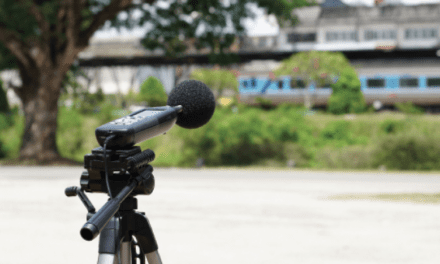Staff Standpoint | September 2023 Hearing Review
Even if a certain way of doing things has proven successful in the past, periodically evaluating current operation models to determine how they could be improved upon can reap great rewards. As evidenced throughout the September 2023 issue of The Hearing Review, this is often true in hearing healthcare.
Hearing Aid Counseling Training
In the article “A Guide for Effective Hearing Aid Counseling Training,” authors Anne Eckert, AuD, MBA, CCC-A, and Virginia Gural-Toth, AuD, CCC-A, detail a new model for teaching audiology students how to conduct what they refer to as a thorough but effective hearing aid consultation. The “Define Your Listening Lifestyle, Partnering for Success” guide is designed to make this type of training more standardized to improve the experience for all involved: preceptors, students, and patients. Interestingly enough, this program itself was adapted from an earlier version, making it a newer model.
The authors say one of the benefits of this guide is that while being standardized and structured, it is not fixed and in fact helps both preceptors and students develop their own style of counseling to help patients. And they hope students will go on to use this method in their practice.
Cochlear Implant Aftercare
As you’ll read in the article “A Better Way to Care for Cochlear Implant Patients,” Sandra Porps, AuD, was part of a recent study that proposed a new model of cochlear implant after-care. They took the traditional model, which requires CI recipients to attend seven to eight in-person appointments in the first year after surgery, and cut it down to four appointments, with some remote care added in between visits. Spoiler alert: They found this highly streamlined model was successful in providing the same standard of care.
Porps and her team also found that in addition to saving patients time they would have spent traveling to the clinic, remote visits provided a window into patients’ homes, which was an unexpected benefit. It helped the audiologists gain a better understanding of how study participants were interacting with their environment.
Now, other audiology clinics are adopting this new model. But that doesn’t mean that everyone has to follow the four-appointment structure to the letter. Part of the appeal and success of such a system is that it can be configured to meet the needs of patients and audiologists. Essentially, each clinic can evaluate their current operations as well as the model Porps used to develop a newer, better model for each situation.
In Search of New Models
What new models, trends, innovations, or technologies have you seen that you’d like to see covered in The Hearing Review? If you have any suggestions for content or would like to write an article, feel free to contact me at [email protected].
— Melanie Hamilton-Basich, Editor-in-Chief
Photo: Dreamstime





